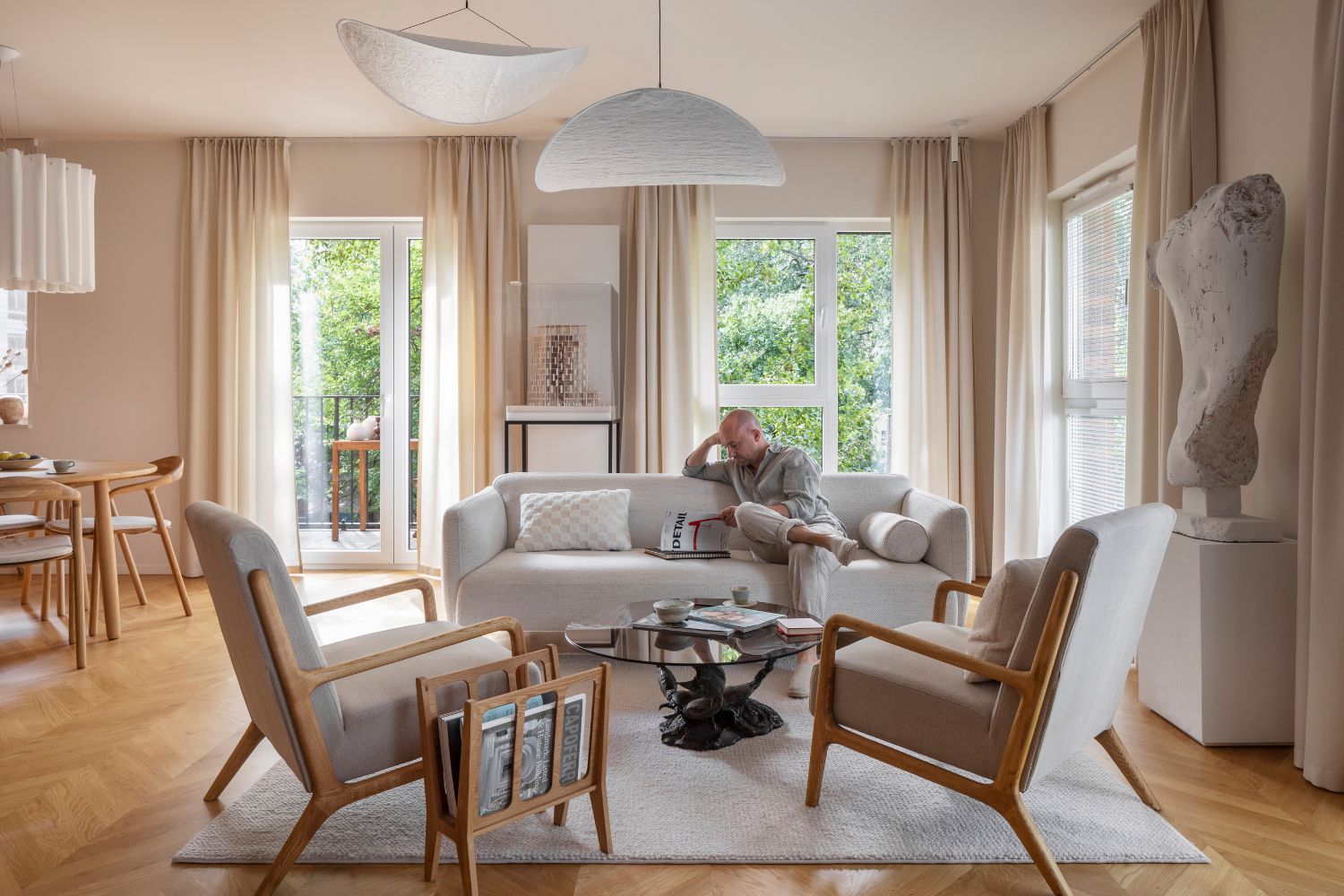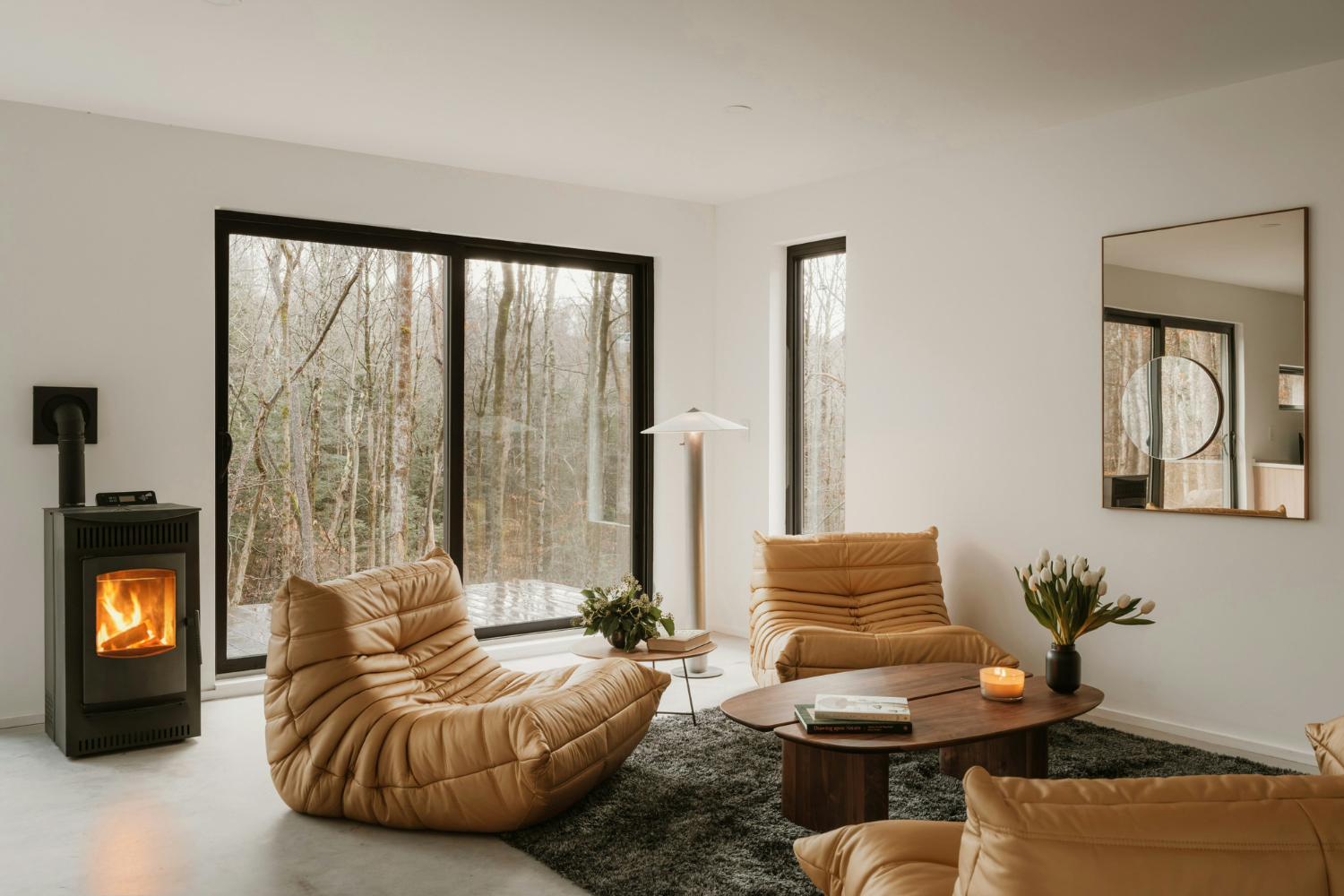- Home
- Articles
- Architectural Portfolio
- Architectral Presentation
- Inspirational Stories
- Architecture News
- Visualization
- BIM Industry
- Facade Design
- Parametric Design
- Career
- Landscape Architecture
- Construction
- Artificial Intelligence
- Sketching
- Design Softwares
- Diagrams
- Writing
- Architectural Tips
- Sustainability
- Courses
- Concept
- Technology
- History & Heritage
- Future of Architecture
- Guides & How-To
- Art & Culture
- Projects
- Interior Design
- Competitions
- Jobs
- Store
- Tools
- More
- Home
- Articles
- Architectural Portfolio
- Architectral Presentation
- Inspirational Stories
- Architecture News
- Visualization
- BIM Industry
- Facade Design
- Parametric Design
- Career
- Landscape Architecture
- Construction
- Artificial Intelligence
- Sketching
- Design Softwares
- Diagrams
- Writing
- Architectural Tips
- Sustainability
- Courses
- Concept
- Technology
- History & Heritage
- Future of Architecture
- Guides & How-To
- Art & Culture
- Projects
- Interior Design
- Competitions
- Jobs
- Store
- Tools
- More
The Ultimate Guide to Choosing Sliding Sash Windows for Your Home

Sliding sash windows offer a versatile and visually appealing window option combining operational functionality with historic architectural elegance. Their classic horizontally moving panels smoothly allow regulating natural ventilation and daylight.
Sliding sash windows offer a versatile and visually appealing window option combining operational functionality with historic architectural elegance. Their classic horizontally moving panels smoothly allow regulating natural ventilation and daylight. And with modern upgrades such as double glazed windows, homeowners can now enjoy the same timeless look with dramatically improved insulation and energy efficiency.
When selecting sliding sash models tailor-made to enhance unique home facets, weighing considerations from materials to efficiency ratings ensures gaining maximum aesthetic and utility value from installations for years beyond.
In this guide, we’ll examine core sliding sash window knowledge areas and help you understand everything that you need to consider when you’re looking to purchase a sliding sash window.
Table of Contents
ToggleUnderstanding Sliding Sash Windows
Sliding sash windows feature adjustable horizontal moving glass panels, or “sashes”, riding within the window frame. Unlike hinged casement styles, the sliding mechanism offers fluid sideways motion for easily modulating ventilation and views without protruding outdoors.
Historically, the sash window design spread rapidly during America’s 19th century industrialization era thanks to facilitating modern suburban construction synchronized with mass produced glass making advancements. Their straighter lines and transforming wood frames simplified fabrication for rapid residential builds.
For homeowners today, sliding sash windows promote valuable versatility through selective opening schemes controlling breeze and lighting intake room-by-room as desired. Specifying insulated modern versions cut back on heating/cooling costs as well.
Key Factors to Consider when Buying Sliding Sash Windows
While preserving beloved architectural heritage, sliding sash windows now offer expanded material and configuration options paired with energy upgrades for superior functionality that classic versions lacked. Here’s what you should consider:
Materials: Wood remains top for unmatched aesthetics and durability, but modern vinyl and fiberglass composites minimize maintenance without sacrificing style. Consider usage, climate and upkeep limitations guiding decisions.
Efficiency: Upgrade beyond single to triple pane glass filled with argon/krypton gas to cut heating/cooling expenses through optimized insulation factors. Many window manufacturers now make sliding windows that meet ENERGY STAR qualifications.
Design and Styles: Choose colors and decorative accents synced with your home’s existing motifs. Seek natural wood hues if aiming for perennial looks, or make bold visual statements through painted frames and muntin patterns.
Getting measurements right also guarantees properly benefitting from aesthetic and utility perks.
Measuring for Sliding Sash Windows
Like any home construction project, accurately measuring window openings proves imperative for ensuring ideal sliding sash decisions. Know these proper measuring fundamentals before installation day:
Tools: Use steel tape measures for precision down to 1/16th inches. Laser distance meters are also helpful for capturing heights.
Methodology: Measure inside frame widths at both top and bottom then height at three points fully across to account for deviations. Calculate rough opening adding 1-inch borders to net measurements for securing window securely within.
With perfect sizing and creative customizations in play, it’s now possible to realize the full potential sliding sash solutions offer.
Types of Sliding Sash Windows
While manufacturing has standardized horizontal sliding windows for easiest integration into homes, design variations help better solve specific needs:
- Double Hung – Two movable sashes enabling individually customizing top or bottom openings. Most versatile option.
- Single Hung – Only one navigable lower sash over a permanently fixed top pane. Ideal above kitchen sinks or non-adjustable spaces.
- Custom Shapes – Unique arched models and curved transom windows integrating seamlessly into specialty spaces for added flair.
Consult interior plans balancing aesthetic facelift scope against practical ventilation flexibility targets when choosing.

Installation Process
Tackling sliding sash window replacements as ambitious DIY projects proves rewarding but requires thorough preparations and patience navigating crucial installation considerations:
Safe Glass Handling: Using suction cups, specialty handles and recruiting an assistant prevents damaging pane surfaces or injuries managing large awkward windows during the replacement process. Don’t rush and rest periodically.
Securing Windows Plumb and Square: Shim spacing around edges carefully ensuring new windows sit uniformly flush within old window frames. Test sashes for smooth sideways movements confirming proper alignments.
While manageable solo in concept, don’t hesitate utilizing professional installation services guaranteeing air tight precision and long term operational longevity from your investment.
Maintenance and Care
Thanks to durable weather-resistant construction, sliding sash windows thrive for decades with just modest preventative upkeep identifying minor issues before escalating into costly repairs:
Inspect Annually: Scan frames and sills for any swelling, cracks or discoloration then reseal as needed. Ensure any exterior caulking stays intact.
Clean Sashes and Tracks: Use mild detergent and microfiber cloth gently wiping built up grime which can impede sash movements if neglected over time.
Catching easy fixes early maintains a flawless window functionally for extra years without significant investments.
Cost Considerations
While premium wood sash replacements run high, consumers enjoy options meeting diverse budgets while gaining coveted benefits:
- Vinyl Units – Affordable low maintenance replacements for tight cost constraints.
- Composite Materials – Durability and aesthetics of wood but with minimal required upkeep.
- Energy Efficient Models – Higher upfront costs but maximize long term property value and household savings from efficiency gains.
Measure current heating and cooling bills to estimate just how significantly upgrades would help radically shrink expenditures, recovering expenses quicker through home efficiency.
Frequently Asked Questions
Are sliding sash windows more expensive?
Yes, sliding sash windows utilize quality craftsmanship and materials that make them more expensive than basic slider windows. Custom wood species, hand-fitted joinery, and architectural detailing influence pricing. But the refined aesthetics and durability of sliding sash windows make them worthwhile upgrades that maintain value over decades.
What is the difference between a box sash and a sliding sash?
Box sash windows feature two vertically stacked sliding panes while sliding sash windows have horizontal sliding panes. The box sash design is more classic but sliding sashes allow better ventilation control. Both offer time-tested operation.
What are the disadvantages of sliding windows?
Disadvantages of sliding windows include reduced ventilation capabilities compared to hinged windows, increased noise transmission when open, and potential for weather exposure compared to casement windows. Proper installation and maintenance helps minimize these drawbacks.
Is there a cheaper alternative to sash windows?
Basic slider windows without custom design details offer a more affordable alternative to premium wood sash windows. However, vinyl or fiberglass sash window options also lower cost over wood while maximizing efficiency and visual appeal.
Conclusion
Picking new windows for your home is exciting but deciding on the best kinds can confuse many. Sliding sash ones are popular options combining nice looks, practicalness, and historic feel all in one. They open smooth and horizontal to customize air and light.
By understanding things like the different design styles, modern upgrades available, measurement tips, and costs going in, your dream sliding sash windows that match your home perfectly become easy to order. With the right know-how beforehand, beautiful and wallet-friendly slider sash upgrades feel great within your reach too.
illustrarch is your daily dose of architecture. Leading community designed for all lovers of illustration and #drawing.
Submit your architectural projects
Follow these steps for submission your project. Submission FormLatest Posts
Sofa Trends in 2026: Comfort, Organic Forms, and Human-Centered Design
Sofa design in 2026 focuses on comfort, organic forms, tactile materials, and...
Modern American Homes: Interior Design Trends to Watch in 2026
Interior design in the United States is evolving toward warmer, more adaptable,...
BXB Studio’s Hybrid Interior: Redefining the Modern Architectural Workplace
The Warsaw headquarters of BXB Studio was established in a modest 70...
5 Must-Know Interior Design Trends in American Homes
From warm minimalism to bold oversized artwork, these five interior design trends...











Leave a comment